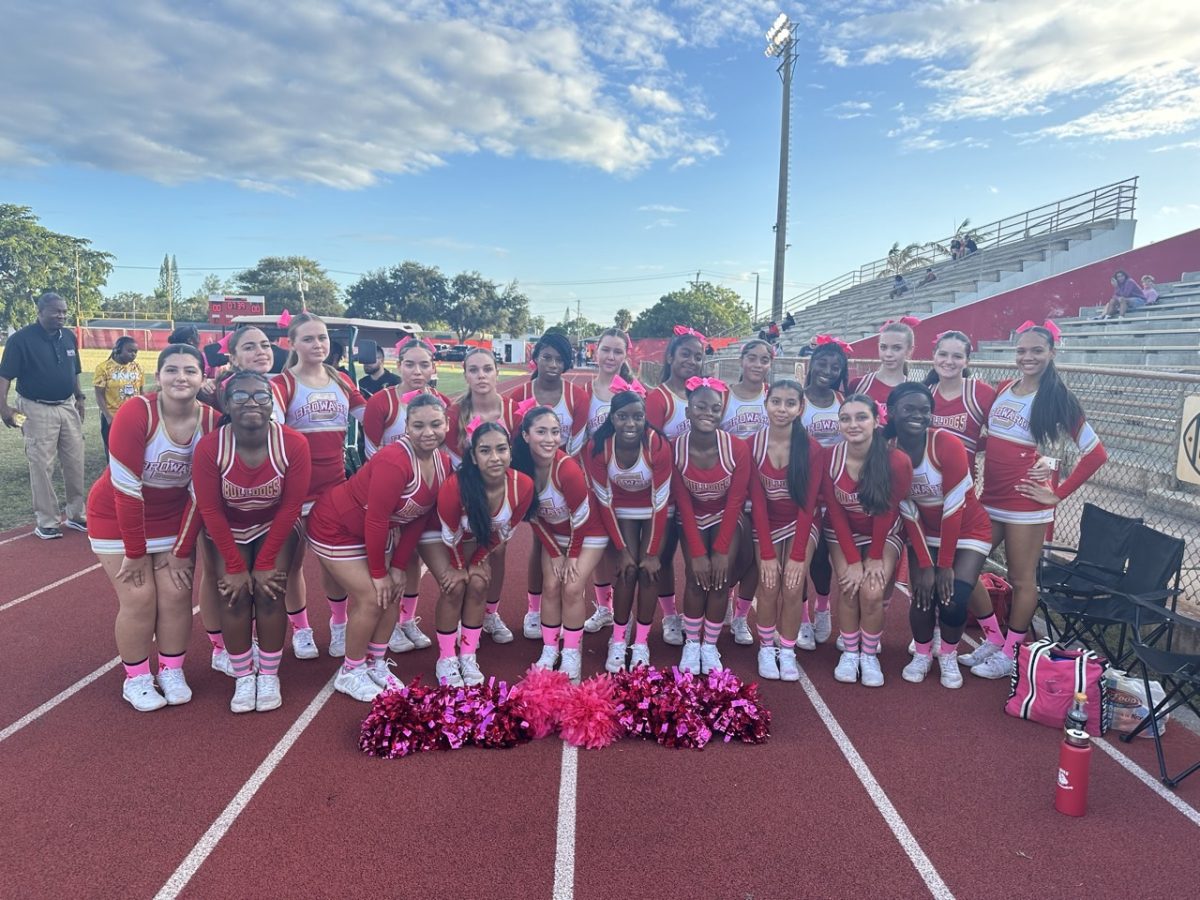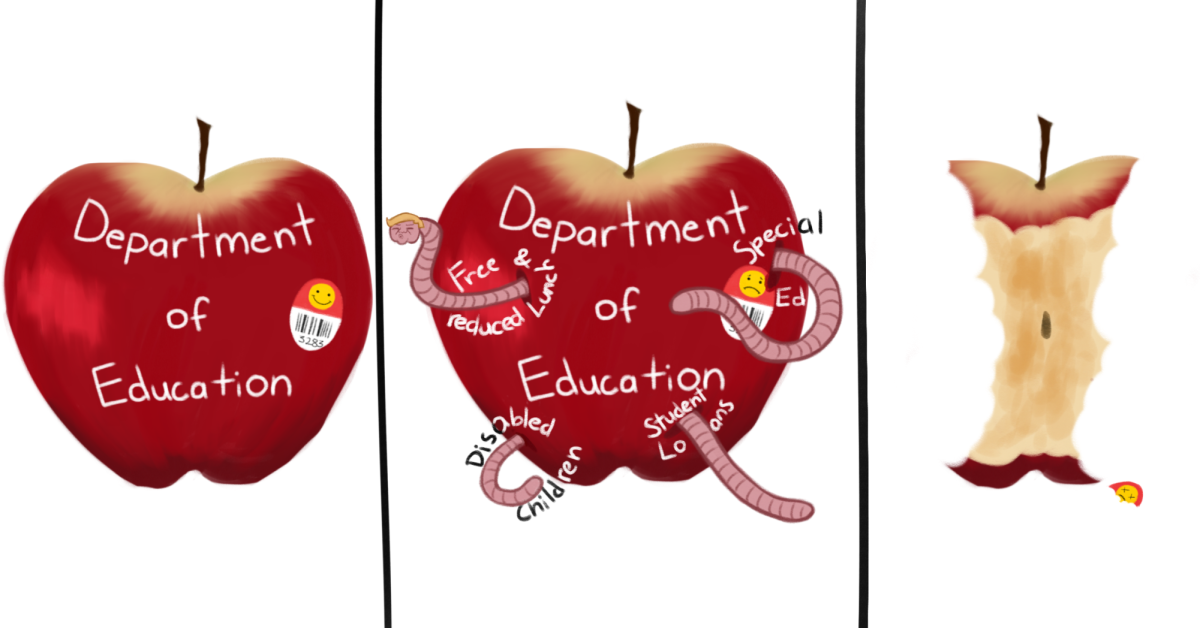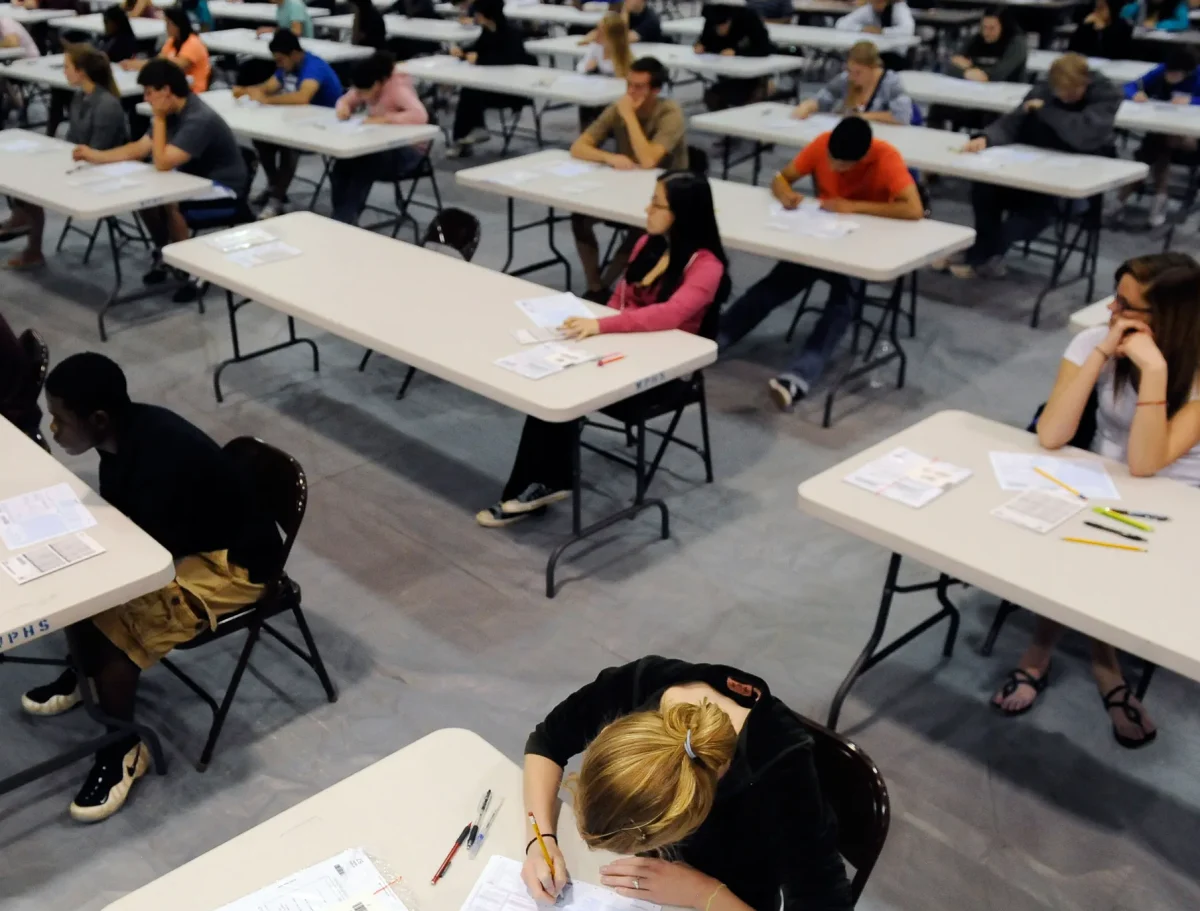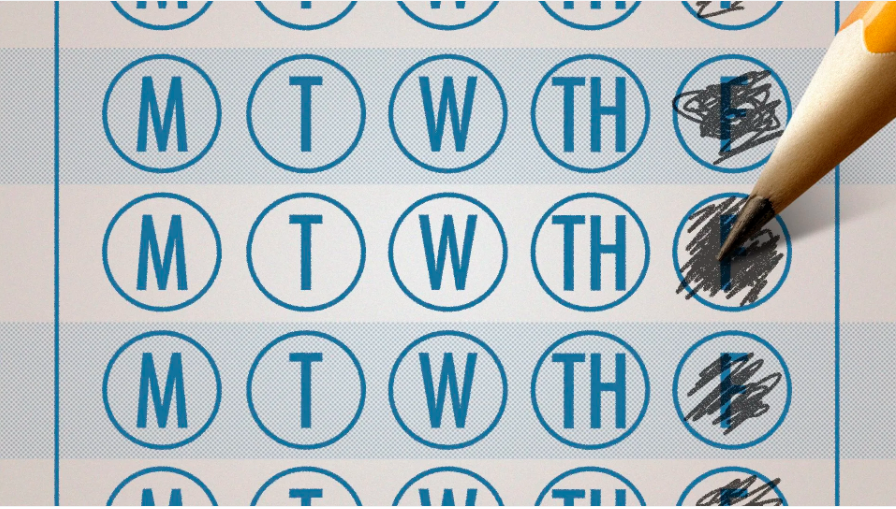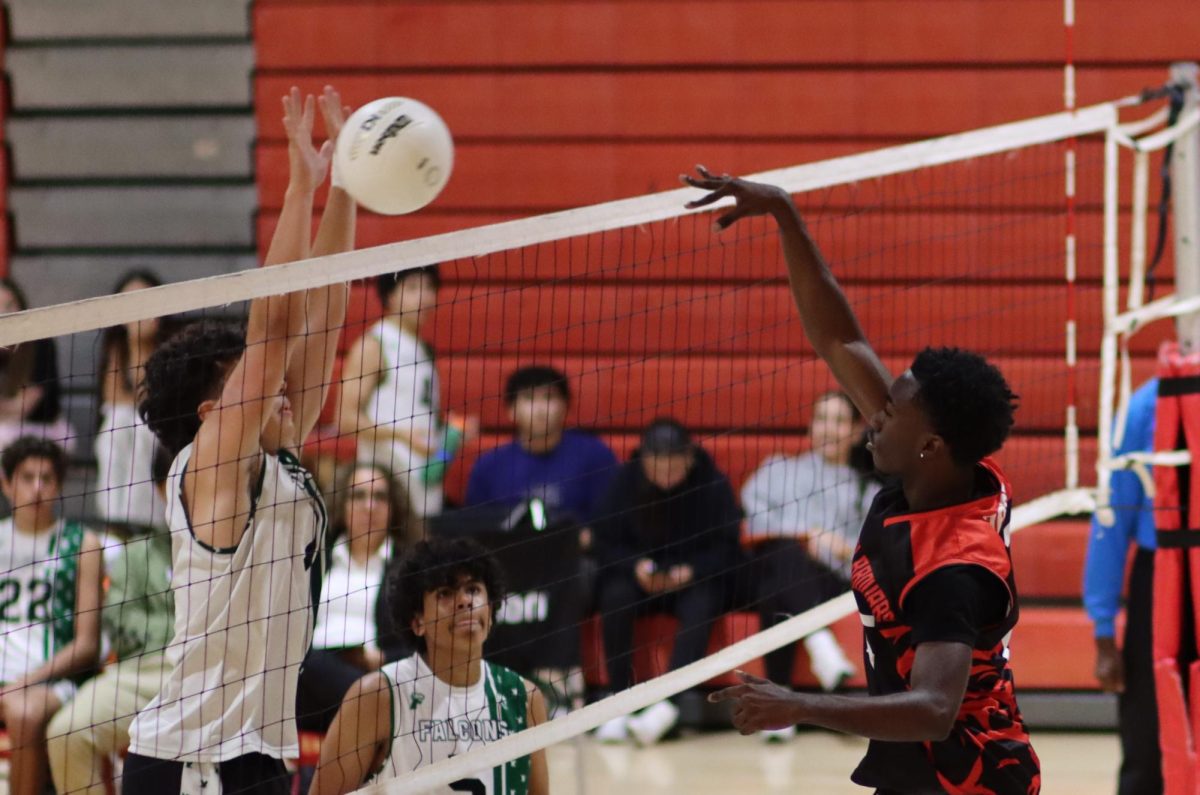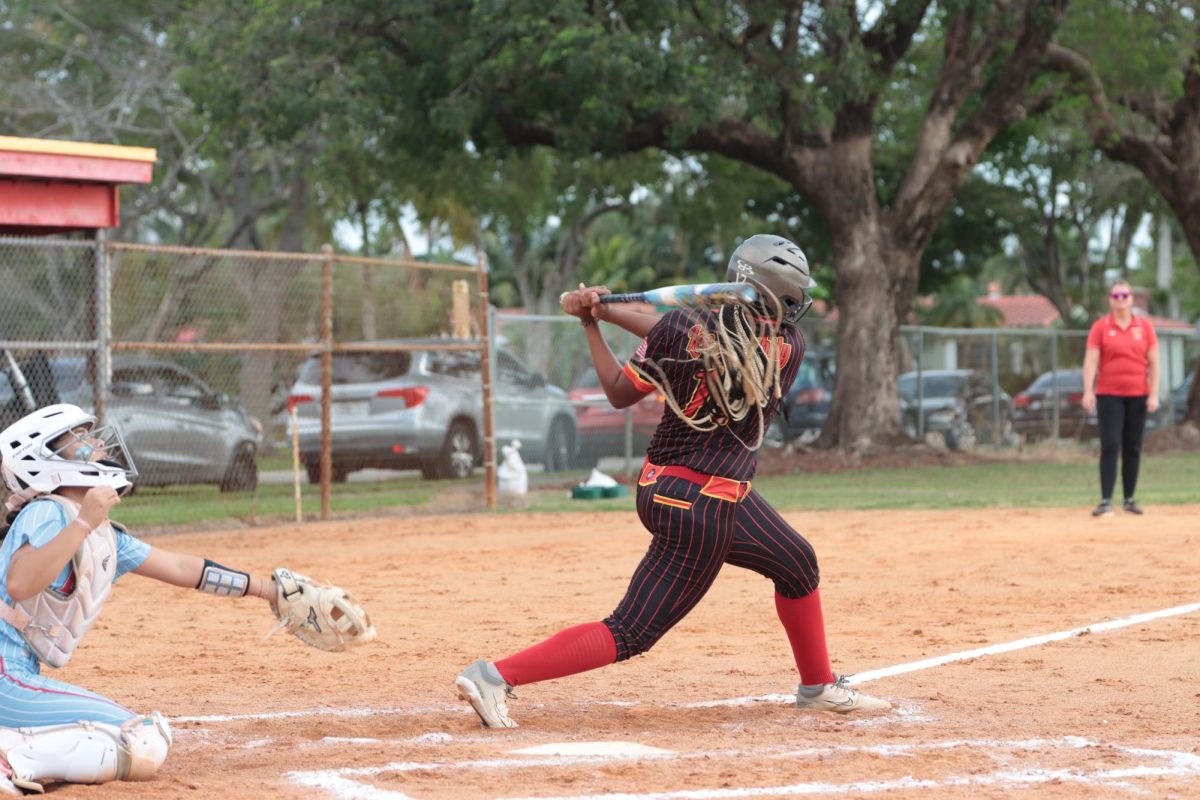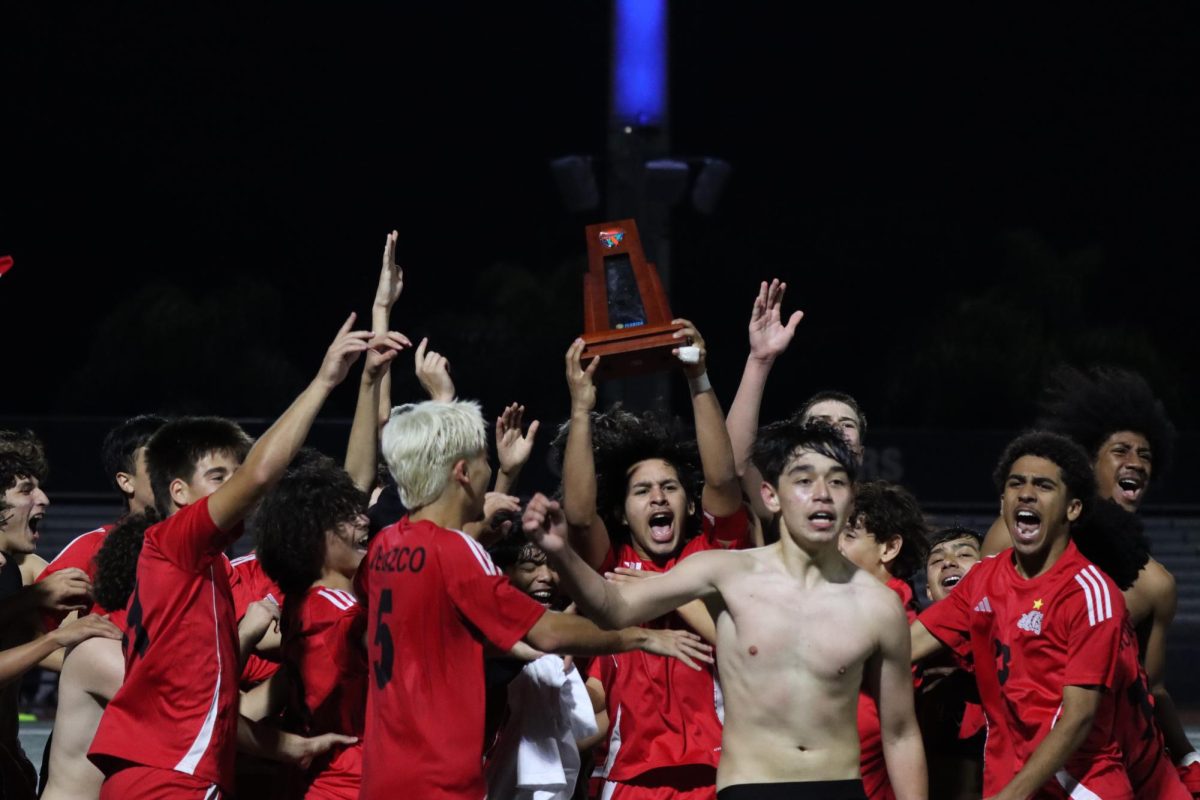Cheer is my passion. I have been cheerleading on and off since I was nine years old. I love hitting stunts, learning intricate routines, and the high school street cred that comes with being a cheerleader.
That’s why, when I fractured my foot last month doing a stunt, being side-lined hurt so much. Even worse, I see my friends at practice doing the things I love. But, this injury has opened my eyes to see that cheerleading is a dangerous sport.
Cheerleading has come a long way from its beginnings as a sideline activity meant to energize crowds at sporting events. Today it has transformed into a competitive sport on its own. Blending stunts, dances, and jumps into high-energy routines. While these are exciting to watch, they can lead to catastrophic injuries. Cheerleading injuries are alarmingly common. A study by the NCCSI (National Center for Catastrophic Sport Injury) finds that cheerleading accounts for a significant percentage of severe injuries in high school or college sports. There is an elevated risk of serious injuries associated with the sport, particularly due to the complex stunts, throws, and tumbling routines that can lead to head and spinal injuries, broken bones, and severe ligament damage.
Despite the injuries, Cheer is here to stay. According to statista.com “The number of Americans aged six years and older participating in cheerleading amounted to approximately 3.8 million in 2023”
Cheerleading is a vigorous sport, but it also builds trust and a unique bond between teammates. It provides many benefits like physical and mental strength. It is important to acknowledge the severe risks associated with cheerleading, but teammates and coaches can work together to reduce the rate of injuries and ensure safety for all cheerleaders. So, what exactly are some ways to make cheer safer?
It is important to always condition and stretch before and after practice to keep your muscles flexible and reduce injuries. When I was cheering, every practice our coach would make us run three laps around the track, do partner workouts, and stretch. Cheerleaders must have great physical strength to pick up girls and have great core strength to be able to balance. A study published in the Journal of Strength and Conditioning Research found that collegiate cheerleaders exhibited similar, or even higher, levels of physical strength compared to athletes in other sports. Specifically, cheerleaders had significantly higher core strength. This highlights the importance of physical and core strength for cheerleaders to perform stunts like lifting and balancing others.
Having trust in your teammates. Team bonding is important to get to know your teammates and to build trust. If teammates feel comfortable with each other, they will be able to support each other on and off the mat. Building friendships within a team is important, that way things will feel less tense when performing or practicing nerve-racking stunts.
Proper equipment and safety protocols. Having multiple mats on the floor with extra padding rather than practicing on a hard floor. When a team is experimenting with new stunts, having spotters is extremely important. Spotters are additional athletes/teammates whose primary responsibility is to watch the stunt and assist the flyer in case of a fall or accident. Their main goal is to protect the flyer’s head and neck from injury.
Overall, Cheerleading has helped many girls like me get out of their “shell” and be more confident out on the field/mat. I cannot wait to get back on the mat so I can cheer, jump, and stunt again. I have learned that cheerleading not only requires physical strength, but responsibility and proper care of one’s body. Together, us cheerleaders can look out for each other, that way, everybody can experience the best of cheerleading.


